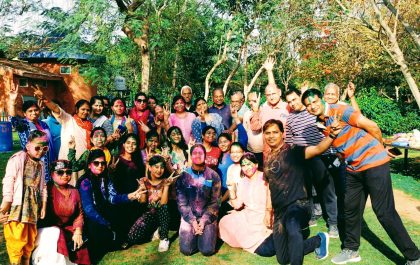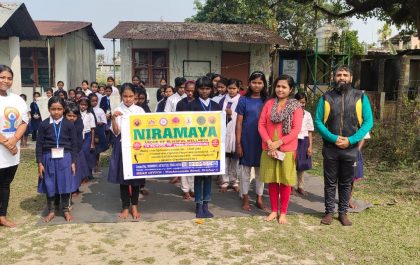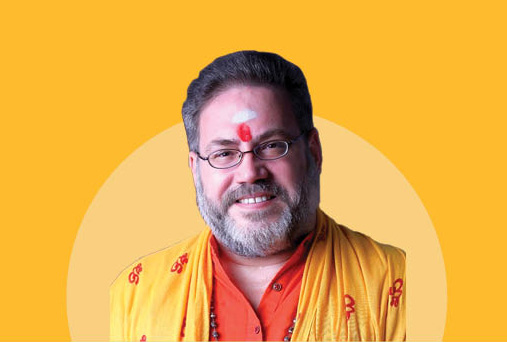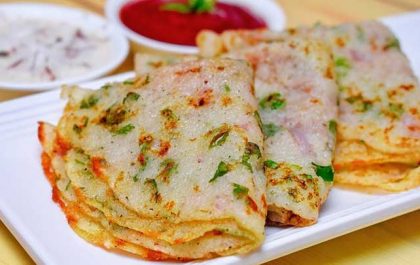Ghantali Mitra Mandal (GMM), Member Institute of Indian Yoga Association has entered the Diamond Jubilee Year of its foundation. All at GMM are giving relentless and selfless service to society to make Yoga maximum applicable. On the eve of new year, a grand function of…
Yogacharya Dr Ananda
Balayogi Bhavanani, Editor
Pranayama has immense therapeutic potential in a wide range of psychosomatic disorders and can be used either as a monotherapy or in combination with Asanas and other aspects of Yoga. Importance must also be placed on right diet and right attitude while practicing Pranayama, as the body needs raw materials such as vitamins, minerals and water to heal itself through Pranayama.

According to the Hatha Yoga Pradipika, when the nerves are purified by pranayama the body becomes slender and lustrous, gastric fire increases, inner sounds are heard and excellent health is attained.
Brain Function:
Memory, intelligence and creativity are enhanced through the practice of pranayama. This is of great value in children as it helps them to realize and actualize their inherent potential in all walks of life. Yogic breathing, through a single nostril, also increases spatial scores, speed of mental processing and dexterity of the tasks. Mukha bhastrika improves the speed of reaction and this is useful in mentally challenged children who have a delayed reaction time.Pranayama produces an improvement of neural function at both central and peripheral levels of the nervous system and also produces a balance between the sympathetic and parasympathetic aspects of the autonomic nervous system. This homeostatic samatvam (balance) is of use to combat stress disorders that are the scourge of our modern times.
Pranayamas such as nadi suddhi and nadi shodhana are important for cleansing the nervous system and it is said that nadi suddhi can cleanse all the 72,000 nadis. Just as water, when run in opposite directions, cleanses the water pipe, the process of breathing in the opposite nostrils leads to turbulence and cleansing of the nervous system.
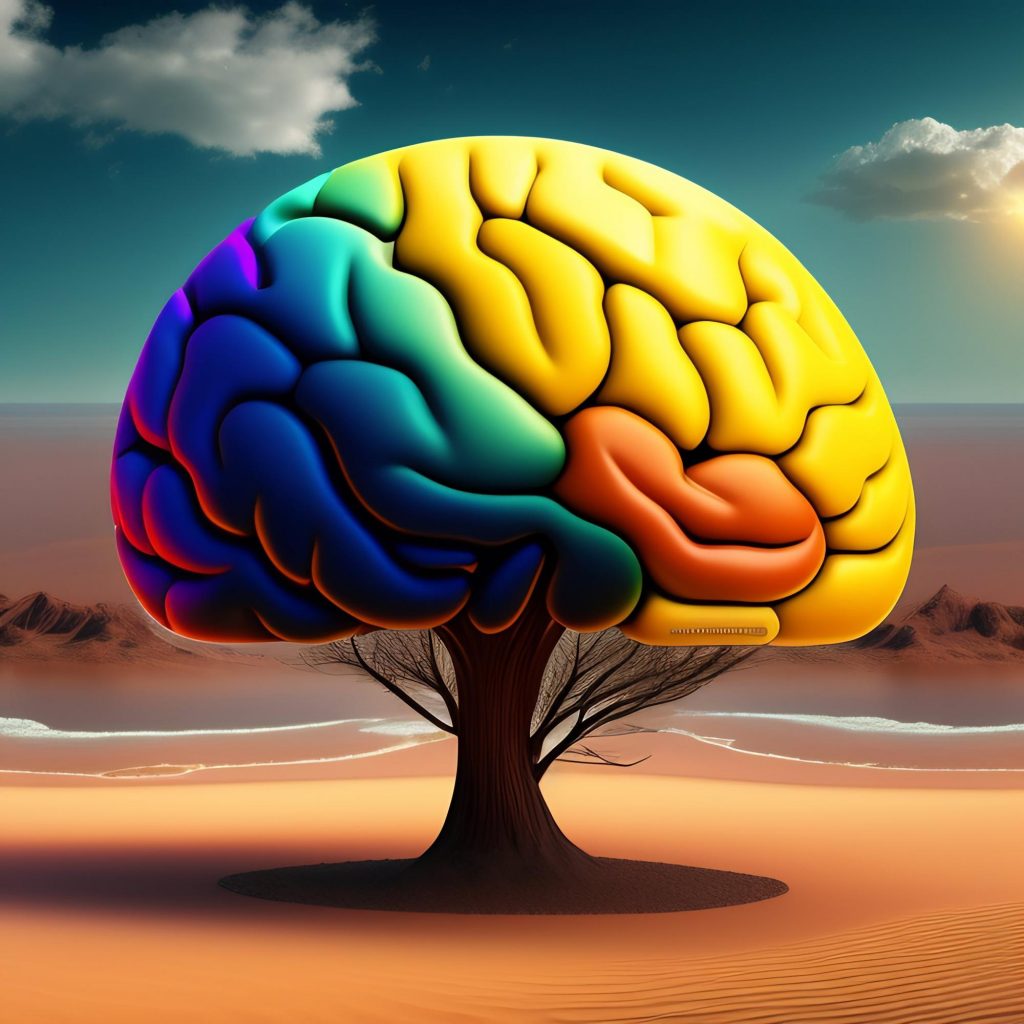
Right nostril breathing influences the left brain while left nostril breathing the right brain function. Right brain is the creative, artistic, intuitive aspect whereas left brain the analytical and calculating aspect of our personalities.
Thus, alternate nostril pranayamas help cerebral cleansing and the creation of a balanced personality. As these alternate-nostril-breathing techniques stimulate different divisions of the central and autonomic nervous systems, they have useful implications in treating psycho-physiological disorders associated with hemispheric and autonomic imbalance.

Spatial performance of males is better during right nostril breathing and verbal performance better during left nostril breathing. In females spatial performance is better during left nostril breathing. Thus many learning disabilities can be treated using pranayama.
Autonomic and Metabolic Function:
Right nostril breathing correlates with the activity phase of the basic rest activity cycle. It activates the sympathetic nervous system as shown by an increase in the oxygen consumption, whereas left nostril breathing decreases sympathetic activity as manifested by an increase in volar galvanic skin resistance. Surya pranayama results in correction of low blood pressure to normal levels, increased heart rate, increased skin conductance and increased body temperature. This also significantly increases metabolism and this is very useful in obesity and hypothyroidism.
Right nostril breathing significantly increases blood glucose levels, whereas left nostril breathing lowers it and this is useful in understanding the mechanism by which chandra pranayama helps the diabetic patient. Chandra pranayama produces a decrease in systolic, diastolic and mean blood pressures and this can be used as a prophylactic means to combat rises in blood pressure associated with everyday stress and strain of life.
Left nostril breathing produces a significant increase in the baseline GSR suggestive of reduced sympathetic activity to the palmer sweat glands. This helps us understand the mechanism by which chandra pranayama helps to reduce blood pressure of hypertensives. As diabetes mellitus and hypertension coexist in a vast majority of patients, chandra pranayama can be used in such patients with great benefit to reduce both blood sugar as well as blood pressure.
Circulation:
Yogic breathing involves improvement in oxygen consumption with better oxygen delivery, utilization and minimal energy expenditure. A higher work rate with reduced oxygen consumption per unit of work, without increase in blood lactate levels, has been reported.
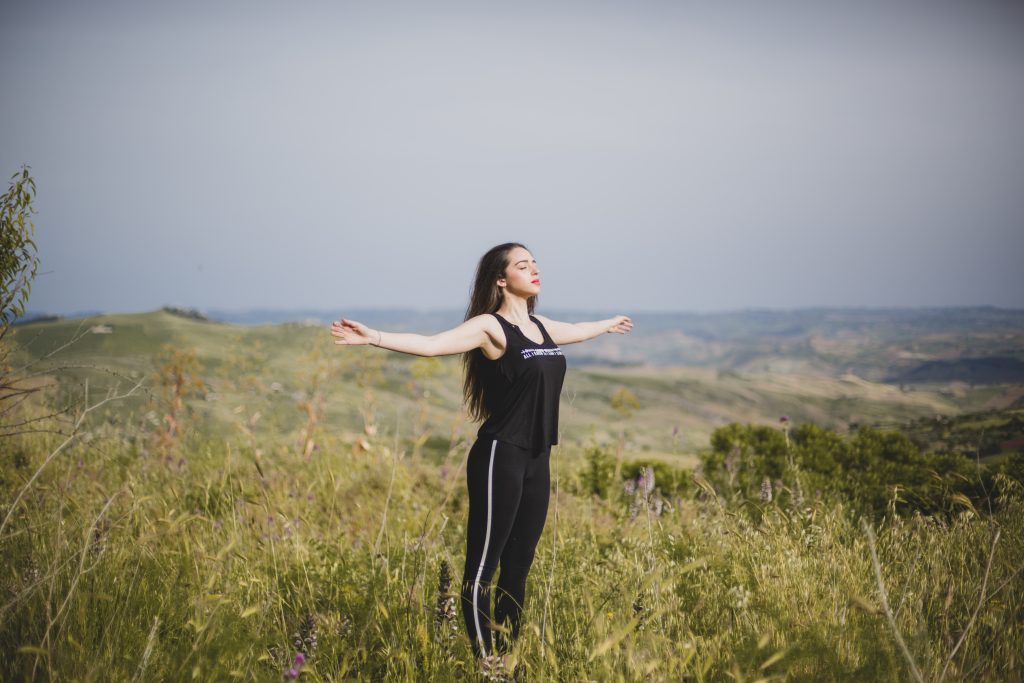
There is an accompanied increase in peripheral blood flow, along with a decrease in body weight. This is beneficial to patients suffering from diminished peripheral circulation and intermittent claudication. Regular and continuous use of any muscle prevents fat deposition, increases flexibility and heightens performance.
Ujjayi with long and short kumbhaka (breath holding) may exert its effects by alterations in the skeletal muscle activity, autonomic discharge, and cerebral blood flow. This is useful in treating geriatric patients who have impaired cerebral circulation. It is also useful in treating patients who are unable to do more vigorous practices.
Conscious, deep and regular breathing can synchronize and reinforce inherent cardiovascular rhythms and modify baroreflex sensitivity. This may be attained by practice of pranayamas such as ujjayi, savitri, sukha, sukha purvaka and pranava pranayamas.
Breathing Disorders and Lung Function:
Kapalabhati produces an increase in the low frequency and decrease in the high frequency band of the heart rate variability spectrum indicating increased sympathetic activity. This may help asthmatic patients for whom sympathomimetic drugs are lifesaving in acute asthma.

It is also useful in stimulating depressed patients and those suffering from disorders of excessive sleep, such as narcolepsy. Lung function has been reported to improve in numerous studies after pranayama training, and the benefits include prolongation of breath holding time with increase in Forced Vital Capacity (FVC), Forced Vital Capacity in first second (FEV1), Maximum Voluntary Ventilation (MVV), Peak Expiratory Flow Rate (PEFR) and lowered respiratory rate. Patients of chronic lung diseases such as asthma, emphysema and bronchitis can derive immense benefit from these changes in lung function. Even individuals with Diabetes can benefit through improvements in “Diabetic Lung” conditions.
Reducing Yogavijnana the Relaxation Response:
Breathing is the key to bridging the gap between body and mind and thus is of vital importance in treating psychosomatic disorders. Savitri pranayama produces a relaxant effect on the cardiovascular system and is extremely useful in hypertension, as well as coronary artery disease.
The long-term manipulation of breathing — by practicing slow deep breathing — results in the overstretching of pulmonary stretch receptors and this chronic manipulation may result in vagus blockage, thereby decreasing vagal manipulation. This also leads to a re-conditioning or re-learning of a healthy pattern of breathing with ample tidal volume and a slow rate.
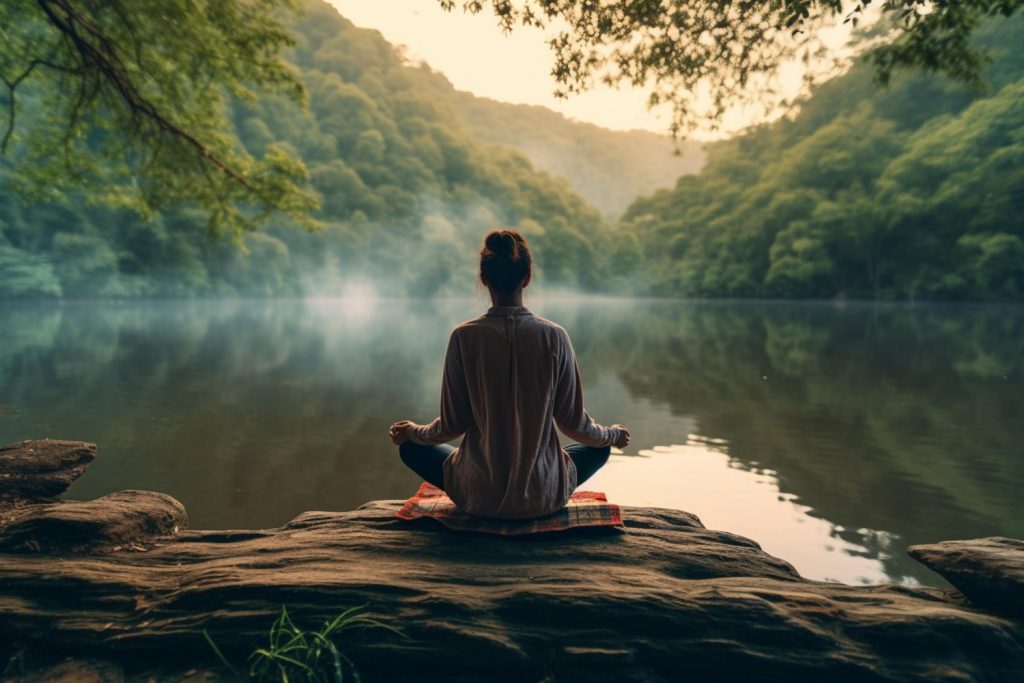
Abdominal breathing is correlated with better and more profound relaxation in any schedule of relaxation. Savitri pranayama when performed in savasana produces deep relaxation and this helps alleviate the stress in many psychosomatic disorders such as hypertension, irritable bowel syndrome, peptic ulcer and asthma.
In closing:
Pranayama is of vital importance in the Yoga Sadhana or Yogic discipline of any sincere Sadhak who is trying to achieve the state of Yoga. Unless the mind is controlled, the higher aspects of Yoga are not possible and the best and only way to really control the mind is by regular, dedicated and determined practice of Pranayama with awareness, consciousness and purity of thought, word and deed.
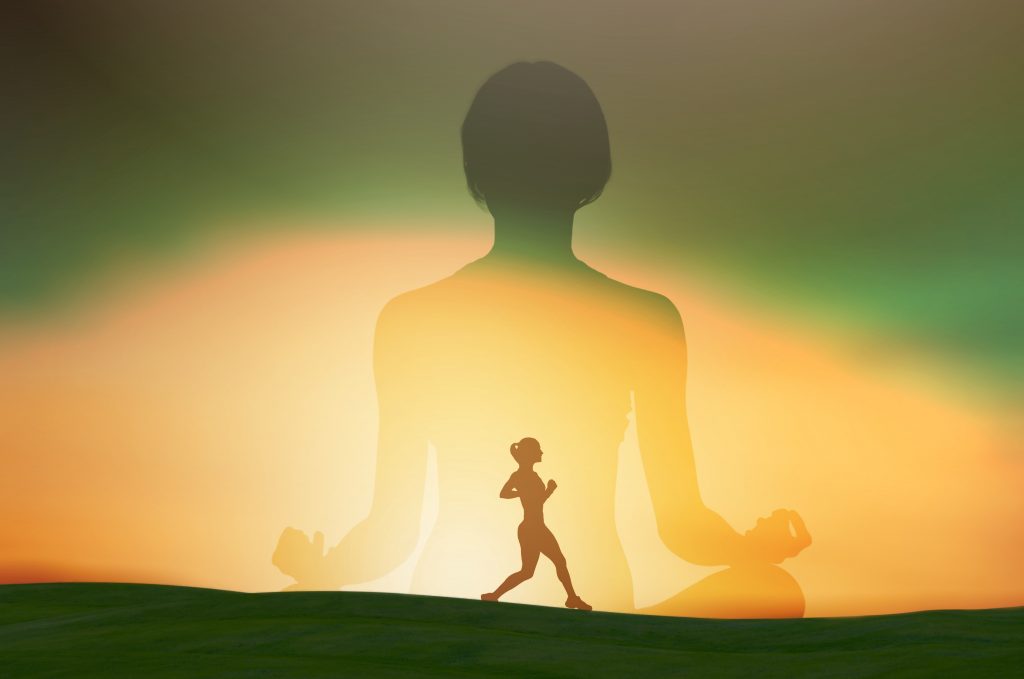
Pranayama practise can only be possible if the field has been prepared by the sincere practice of the Yama, Niyama and Asana that are necessary preludes to Pranayama Sadhana.





